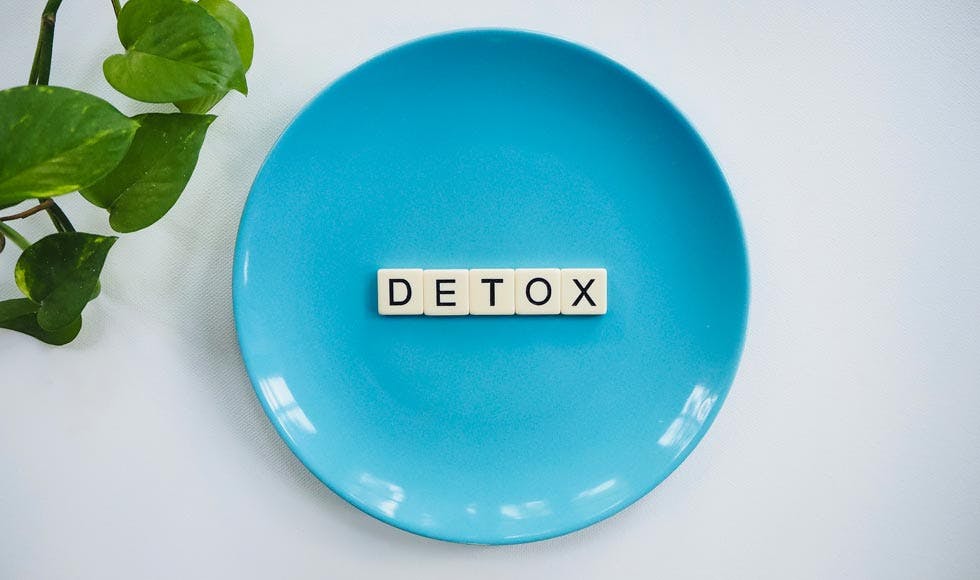
- Health hub/
- Weight management/
- Has snacking become the fourth meal?


How does snacking impact on body shape?
A snack can be described as a smaller, less structured meal that is consumed between regular meal times. The impact that snacking plays on weight control is the subject of much debate. Eating smaller meals more often is sometimes prescribed as a weight loss strategy, but this could actually lead to weight gain unless you are careful. Firstly, the snacks chosen need to be healthy and portion controlled. Secondly, any snacking kilojoules need to be compensated for by eating smaller portions at main meal times. This strategy can also be challenging, because it involves motivating yourself to make healthier choices four to six times a day instead of three. According to new research, the line between meals and snacks has become blurred and snacking has become such a significant contributor to our total kilojoule intake that it now can be classified as a fourth meal.
The research
A study reported in the online publication PLoS Medicine, compared dietary changes in the US between 1977 and 2006. They found people’s total daily energy intake increased from around 7573 kilojoules to 9971 kilojoules, an increase of 2398 kilojoules. That’s an increase of approximately 30% of kilojoules in less than 20 years. The largest contributor to this significant change came from an increase in the number of daily eating occasions (from 3.8 to 4.9 times a day). According to the authors, preventative efforts for weight control should focus on reducing eating occasions when snacks and beverages are consumed.
Practical implications
The following tips offer some suggestions on how to modify your snacking behaviour to minimise its impact on your level of body fat.
- Don’t feel compelled to snack because you think it will accelerate weight loss. There is no need to snack if you feel satisfied with three regular meals a day.
- Try to get maximum fullness from your regular meals to reduce the need to snack. You can do this by making sure your meals are rich in fibre, protein and healthy fats and that any grain or vegetable choices have a low glycemic index.
- Avoid traditional snack foods such as chips, biscuits, pastries and chocolate, which can be high in fat or sugar, or both. These foods are morish and don’t fill you up, so it is easy for you to overeat.
- Just as you might look towards a small snack of food to give you an energy boost, or improve your mood; why not treat yourself to a small “snack” of exercise to do the same. Short bites of activity can distract you when you’re tempted to indulge and may help keep hunger pangs at bay.
- Identify patterns in your snacking behaviour to help prepare for them. Get to know what time of day you are most likely to snack and plan to have healthy snack foods available.
- If you get hungry between meals, eat small portions of fruit, nuts, seeds or low fat natural yoghurt for added nutrients and fullness. Compensate for these extra kilojoules by eating smaller portion sizes at your main meals.
- Adjust your snacking and meal portion sizes according to your activity levels. Try to snack less and eat less on the days you don’t exercise. Alternatively, don’t go overboard and snack too much on the days when you are active.
- Avoid high kilojoule drinks such as soft drinks and energy drinks between meals if you’re feeling a little hungry. Have a glass of water instead. It’s also important to minimise your intake of coffee containing full fat milk, as they can be very high in kilojoules.
References available upon request




